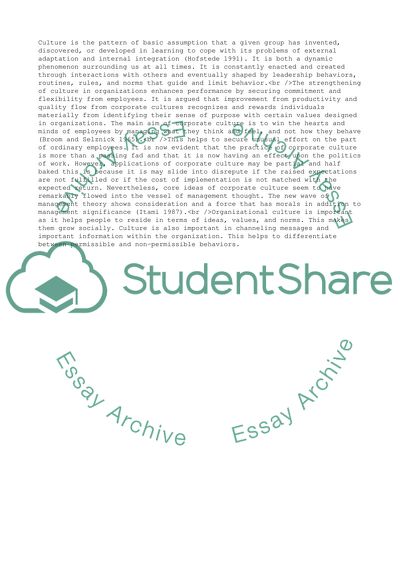Cite this document
(Culture Management Issues Essay Example | Topics and Well Written Essays - 1500 words, n.d.)
Culture Management Issues Essay Example | Topics and Well Written Essays - 1500 words. https://studentshare.org/management/1737483-can-culture-be-managed-what-implications-do-the-different-positions-have-for-hr-specialists
Culture Management Issues Essay Example | Topics and Well Written Essays - 1500 words. https://studentshare.org/management/1737483-can-culture-be-managed-what-implications-do-the-different-positions-have-for-hr-specialists
(Culture Management Issues Essay Example | Topics and Well Written Essays - 1500 Words)
Culture Management Issues Essay Example | Topics and Well Written Essays - 1500 Words. https://studentshare.org/management/1737483-can-culture-be-managed-what-implications-do-the-different-positions-have-for-hr-specialists.
Culture Management Issues Essay Example | Topics and Well Written Essays - 1500 Words. https://studentshare.org/management/1737483-can-culture-be-managed-what-implications-do-the-different-positions-have-for-hr-specialists.
“Culture Management Issues Essay Example | Topics and Well Written Essays - 1500 Words”. https://studentshare.org/management/1737483-can-culture-be-managed-what-implications-do-the-different-positions-have-for-hr-specialists.


